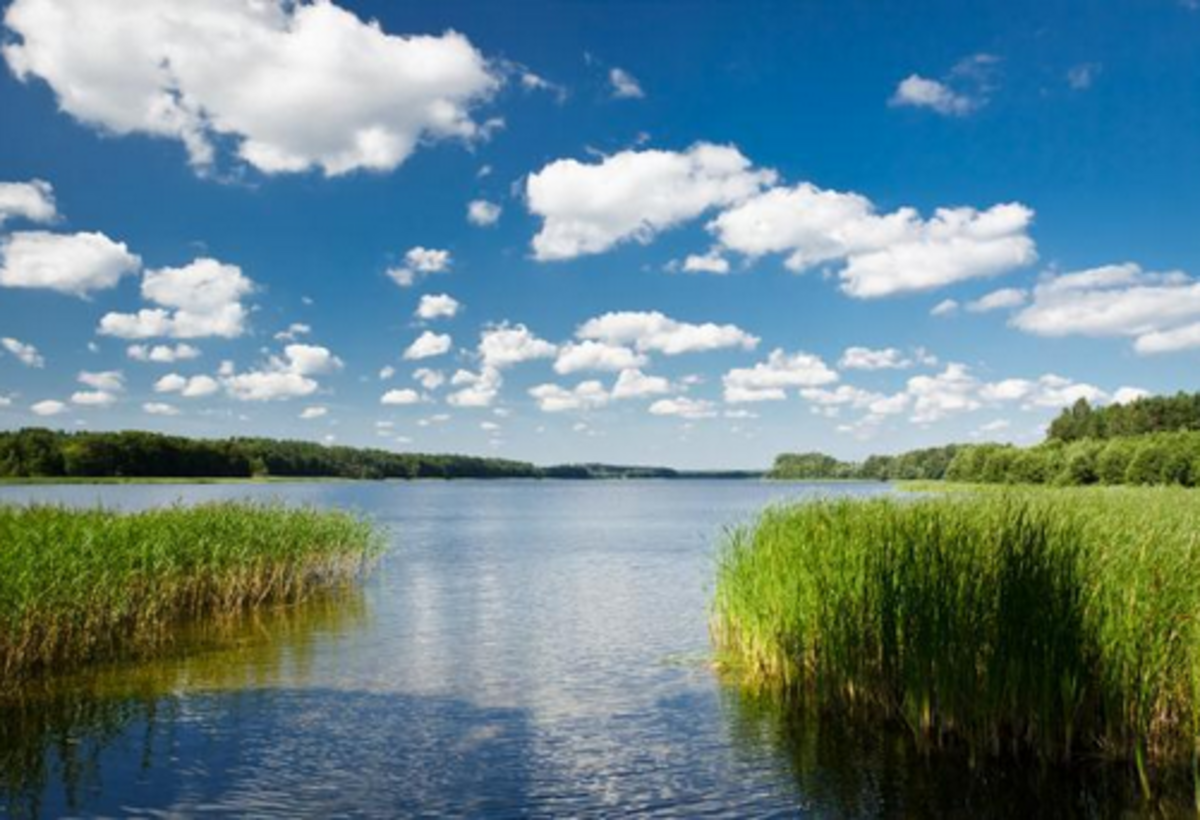It suggests that natural microbial populations can be used as indicators of how human activities impact water quality, and help guide preventive and remediation actions by water authorities.
The River Tiber was used as a case study to investigate the correlation between bacteria and the chemical status of the river. Over three years, chemical measurements were taken at four sites: a pristine, an agricultural, an industrial and an urban area of the river.
At each sampling point, different groups of contaminants were found to correspond to the main contamination sources, with differences between the four sites reflecting an adaptive bacterial response to the different human pressures.
The bacterial community was found to vary depending on the degree of human pressure. High concentrations of pharmaceuticals were found in the industrial and urban sites.
The most chemically polluted site was the urban area, with a predominance of β-Proteobacteria.
As microbial communities respond and adapt quickly to environmental conditions, thereby giving a snapshot of water quality, the authors recommend that microorganisms be used as bio-indicators of water quality in the Water Framework Directive.
The study was funded by the EU as part of an FP7 Marie Curie Action project called MicroCoKit – "Microbial Community-based sequencing analysis linked to anthropogenic pressures: MicroCoKit to address the water quality".
Further information
